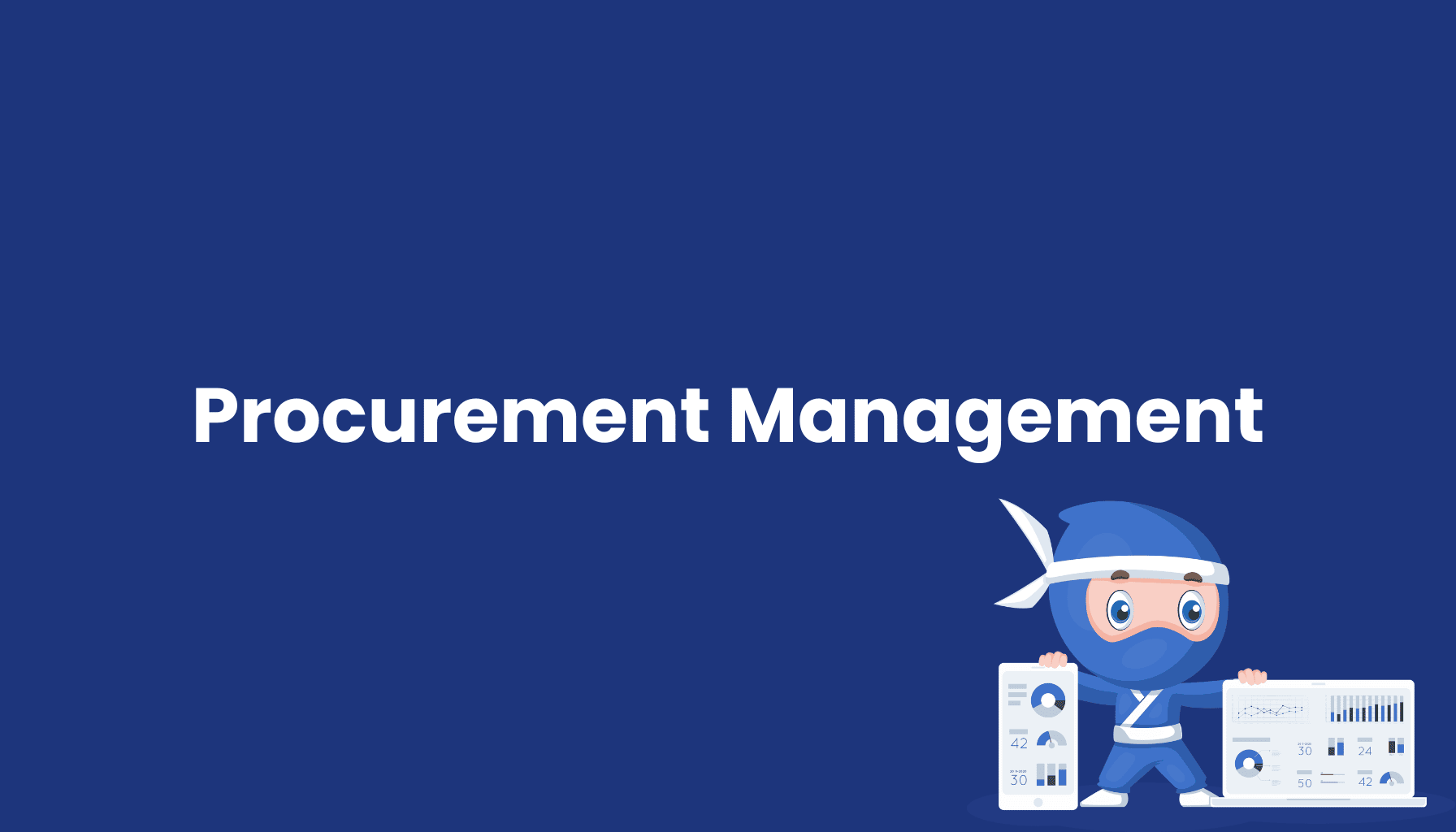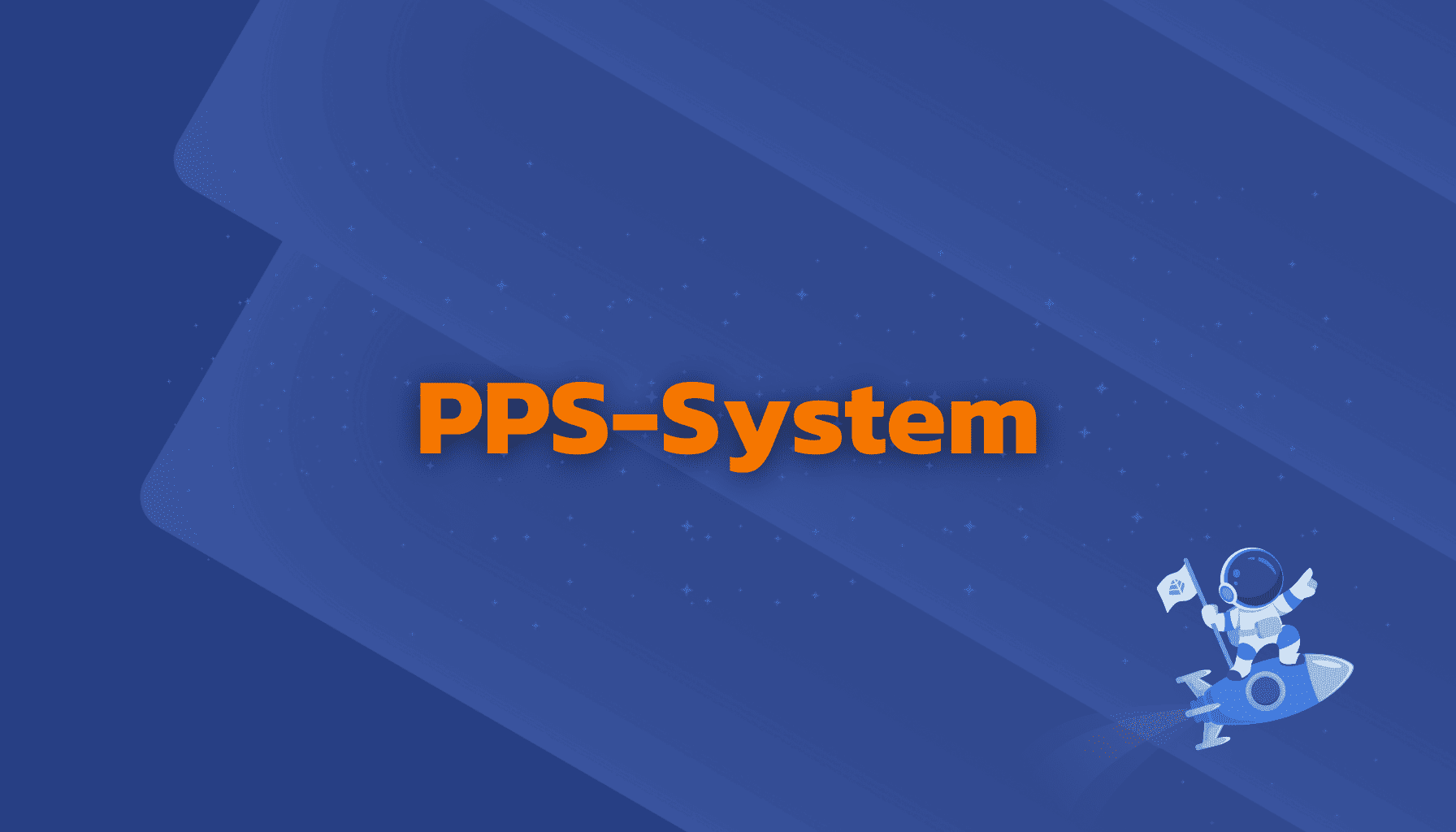Procurement Management

Procurement management refers to the strategic planning, implementation, control, and monitoring of all processes involved in supplying a company with the necessary materials, raw materials, operating resources, and services. As a central component of the value chain, it is directly linked to production planning, inventory management, and quality assurance, and has a direct impact on a company's competitiveness.
Core Elements of Procurement Management
Strategic Procurement
Strategic procurement encompasses long-term decisions such as defining procurement strategy, make-or-buy analyses, and designing the supplier portfolio. The goal is to align procurement activities with company objectives and create sustainable competitive advantages.
Operational Procurement Management
Operational procurement management includes daily activities such as demand determination, request for quotations, order processing, and goods receipt inspection. This focuses on the efficient handling of procurement processes and ensuring material availability for production.
Supplier Management
Professional supplier management involves the systematic selection, evaluation, development, and management of suppliers. Strategic partnerships can lead to quality improvements, innovations, and cost reductions.
Cost Management
Cost management in procurement aims to optimize total costs, not just reduce purchase prices. The Total Cost of Ownership (TCO) considers all procurement-related costs throughout the entire product lifecycle.
Digitalization in Procurement Management
Digitalization has fundamentally transformed procurement management. Modern technologies such as e-procurement systems, electronic marketplaces, and digital supplier platforms enable more efficient and transparent procurement processes.
Integration with MES and BDE
In the manufacturing industry, integrating procurement management with Manufacturing Execution Systems (MES) and Production Data Acquisition (BDE) plays a crucial role. These systems enable:
- Real-time monitoring of material consumption
- Automatic demand determination based on production data
- Precise inventory management and optimized safety stocks
- Early detection of material shortages
Cloud-Native Solutions
Cloud-native procurement solutions offer numerous advantages for modern manufacturing companies:
- Cross-site transparency and centralized control
- Flexible access to procurement data from various devices
- Easy scalability for growing requirements
- Improved collaboration with suppliers through shared platforms
- Data-driven analytics and forecasting capabilities
Challenges and Trends
Global Supply Chains
Globalization has led to more complex supply chains requiring a higher degree of coordination and risk management. Events such as the COVID-19 pandemic have highlighted the vulnerability of global supply chains and led to a rethinking toward resilience.
Sustainability
Sustainable procurement is becoming increasingly important. Companies are integrating ecological and social criteria into their procurement decisions and requiring their suppliers to comply with corresponding standards.
Industry 4.0
In the context of Industry 4.0, procurement management is evolving into a networked system where machines, products, and procurement processes communicate with each other. Predictive analytics enables forward-looking demand planning and automated procurement processes.
Relevance for the Manufacturing Industry
In the manufacturing sector, efficient procurement management forms the foundation for uninterrupted production processes. Seamless integration into production planning and control enables:
- Reduced inventory levels while maintaining high material availability
- Shortened lead times and improved on-time delivery
- Enhanced flexibility for production fluctuations
- Quality assurance through procurement of high-quality materials
- Cost savings through optimized procurement processes
The increasing interconnection of procurement, production, and logistics in the form of integrated supply chain management is becoming a decisive competitive factor for manufacturing companies in an increasingly dynamic market environment.





